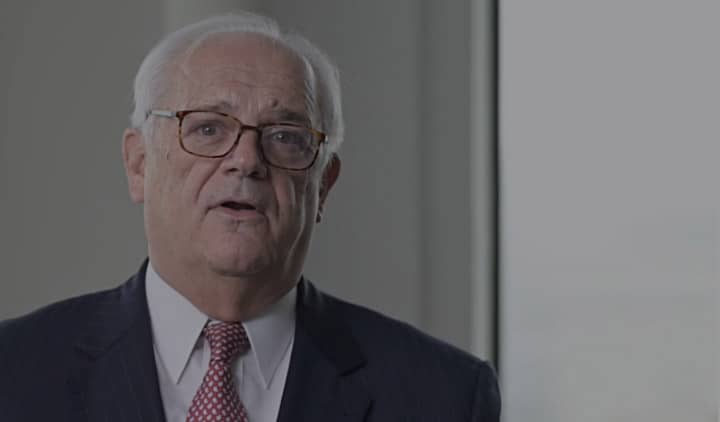In Filosa v. Alagappan (First District Court of Appeal Case No. A156412), Michael A. Kelly and Valerie N. Rose obtained a significant Court of Appeal victory benefitting claimants in medical malpractice cases. The First District Court of Appeal reversed summary judgment dismissal by the Contra Costa County Superior Court which erroneously held that the one year statute of limitations barred a suit for delayed discovery of a brain lesion. The First District panel held that a jury, and not a judge, should decide whether or not the facts indicated that the patient suspected malpractice more than one year prior to his filing.
The plaintiff suffered persistent headaches for years beginning in 2005 and underwent an MRI scan in 2010. The MRI was incorrectly read as normal. Four years later, Filosa’s headaches worsened and he underwent a second MRI in December 2014 which was interpreted as showing a brain tumor. Both films were interpreted by the same radiologist. Re-review of the first MRI revealed the mass was present in that film and had grown in the interim.
California Civil Procedure Code Section 340.5 states a medical malpractice claim must be brought within three years after the date of the injury or one year after the plaintiff discovers or should have discovered the injury, whichever occurs first. Defense attorneys argued that Filosa should have discovered his injury earlier than 2016 when he filed. Mike and Valerie argued that the clock didn’t start on the statute of limitations until Filosa’s second MRI. “He couldn’t have known about the tumor until 2014,” argued Kelly.
The Appellate Court agreed, reversing the trial court in a published opinion stating that a reasonable jury could conclude Filosa’s injury manifested at the time of the second MRI in December 2014. The opinion is important precedent reinforcing the right to have a jury hear and decide these types of factual issues.


